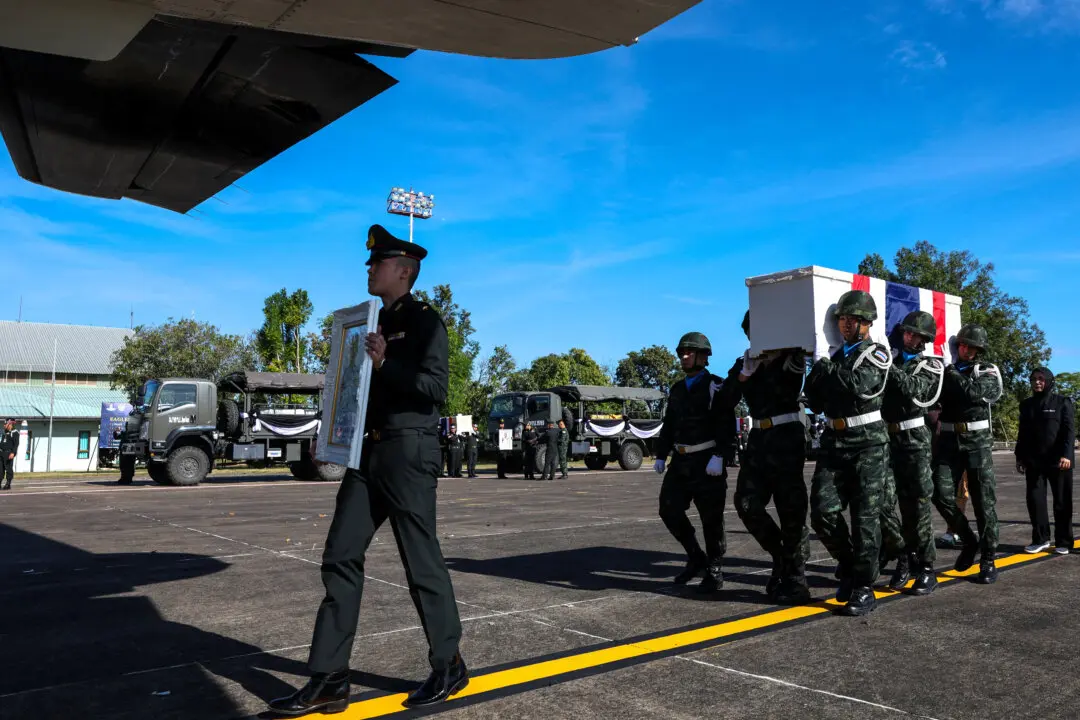TOKYO—China’s growing military might has replaced North Korean belligerence as the main security threat to Japan, Tokyo’s annual defense review indicated on Sept. 26, despite signs that Pyongyang could have nuclear-tipped ballistic missiles.
The document’s security assessment on China comes after a section on Japan’s ally, the United States, the first time Beijing has achieved second place in the Defense White Paper and pushing North Korea into third position.





